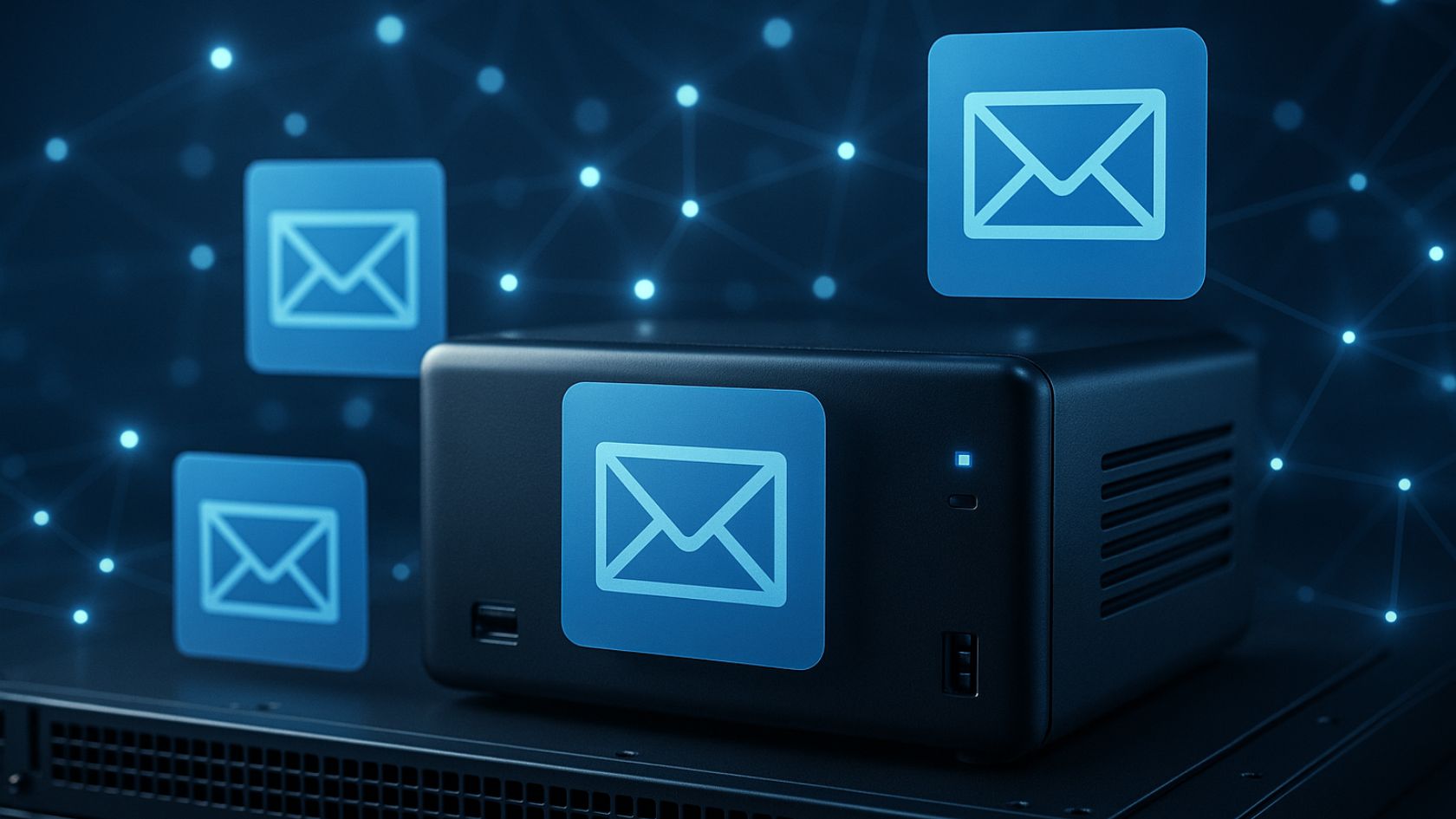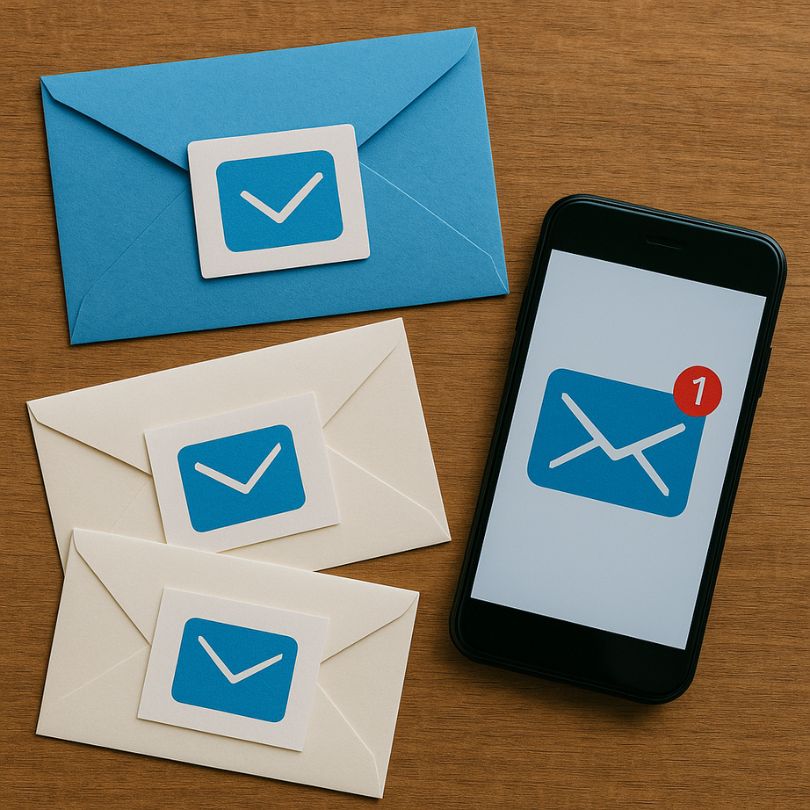
Mastering Email Deliverability: A Complete Guide to Inbox Success

Email deliverability is the discipline of ensuring your messages reliably land in the primary inbox rather than spam or promotions, maximizing visibility, engagement, and revenue from every send.
At its core, strong email deliverability blends technical authentication, audience-first content, consistent list hygiene, and sending behavior that mailbox providers trust. If you’re new to the space, start with an opinionated best practices guide and then tailor the tactics here to your tooling, domain age, and audience expectations.
Email deliverability differs from delivery rate. Delivery simply means an ISP accepted your message; deliverability describes whether it reached the inbox (not the junk folder). Think of deliverability as the outcome of many signals: your domain and IP reputation, authentication (SPF, DKIM, DMARC), complaint rates, bounces, spam traps, user engagement (opens, clicks, replies), and even how predictable your sending patterns are.
Why does this matter? Because inbox placement compounds every other marketing metric. Better placement drives higher engagement, which improves sender reputation, which in turn improves placement. It’s a virtuous cycle — and it extends beyond email. Consistent, respectful engagement signals can also strengthen your brand’s trust across channels; for inspiration on scaling attention efficiently, see this advanced advertising playbook that explores message-market resonance and compounding ROI.
The 7 Pillars of High Deliverability
1) Authentication and Identity: Prove You Are You
Authentication is non-negotiable. Configure:
- SPF (Sender Policy Framework): Authorizes the servers allowed to send for your domain. Keep your record lean and avoid unnecessary includes that could exceed DNS lookup limits.
- DKIM (DomainKeys Identified Mail): Cryptographically signs messages so ISPs can verify content integrity and domain alignment.
- DMARC (Domain-based Message Authentication, Reporting & Conformance): Tells mailbox providers how to treat messages that fail SPF/DKIM alignment and gives you feedback reports. Start with p=none, monitor, then progress to quarantine and reject.
- BIMI (Brand Indicators for Message Identification): Optional, but displaying your verified logo can boost recognition and trust when prerequisites (DMARC enforcement + VMC) are met.
2) Infrastructure and Warming: Earn Trust Gradually
New domains and IPs are unknown to mailbox providers. Don’t blast a full list on day one. Warm up gradually with your most engaged segment first, expanding daily volumes as positive engagement (opens, clicks, replies) accrues. If you’re on a shared IP, ensure your provider enforces strict standards; if you’re on a dedicated IP, your reputation is entirely your own—both a responsibility and an advantage.
3) List Hygiene: Quality Beats Quantity
Healthy lists are curated, permission-based, and continuously pruned. Tactics include:
- Use double opt-in for acquisition sources prone to typos or bots.
- Validate addresses on intake; suppress role accounts (e.g., sales@, info@) if they don’t engage.
- Set a sunset policy to automatically reduce frequency or suppress contacts who haven’t engaged after a timeframe (e.g., 60–120 days), with a win-back attempt first.
- Monitor bounce codes; remove hard bounces immediately and analyze soft bounces by ISP to spot throttling or temporary blocks.
4) Content and Engagement: Send Wanted Mail
Mailbox providers reward human signals. Write clear, expectation-aligned subject lines, front-load value in the preview text, and keep templates lightweight. Personalize beyond first name: reference product usage, lifecycle stage, or cohort insights. Encourage positive actions (add-to-address-book, replies) and minimize negative signals (spam complaints, deletes-without-reading). Avoid manipulative tactics and spammy phrasing; clarity outperforms trickery long term.
5) Cadence, Consistency, and Throttling
Send at a steady pace. Sudden spikes can trigger rate limiting or temp failures. Throttle per-ISP when needed, and pace large campaigns over multiple waves. Align cadence to engagement recency; highly engaged subscribers can tolerate more frequent messages, while dormant users should get fewer, more targeted touchpoints or a re-permission flow.
6) Segmentation and Targeting: Relevance Scales
Segment by engagement, lifecycle, product behavior, and demographics. Map content to the stage of the journey: onboarding, activation, expansion, renewal, and win-back. Behavioral triggers (abandoned cart, feature milestones, usage risk) deliver outsized results because they’re timely and relevant—signals ISPs love.
7) Compliance and Consent: Respect the Inbox
Honor GDPR/CCPA/CASL and local laws. Make unsubscribing effortless (one-click is best). Reconfirm consent after long dormancy. Clearly articulate what subscribers will receive and how often, and deliver exactly that. Transparent practices reduce complaints and build long-run reputation.
Monitoring, Benchmarks, and KPIs
What gets measured gets improved. Track deliverability by mailbox provider, not just in aggregate. Watch:
- Inbox placement rate (if available via seed tests or panel data) and spam folder rate.
- Blocklist status for your sending IPs and domains; investigate any listings promptly.
- Engagement (opens, clicks, replies, spam complaints, deletes). Rising complaints or falling clicks are early warnings.
- Authentication alignment pass rates and DMARC aggregate reports to spot spoofing or misconfigurations.
Benchmark carefully: compare like-for-like (industry, list source, campaign type). A mature, permissioned B2B list behaves differently than a broad B2C promo list. Trend lines matter more than single-send snapshots.
Troubleshooting Common Issues
Symptoms
- Sustained drops in open rates at specific ISPs (e.g., Gmail, Outlook) while others remain steady.
- Elevated soft bounces with temporary failure codes or deferrals.
- Sudden spike in spam complaints after a segment expansion or offer change.
- DMARC alignment failures on certain pathways (e.g., forwarding, third-party senders).
Root-Cause Questions
- Did we change domains, IPs, DNS, or headers recently?
- Did we significantly increase send volume or target colder segments?
- Are SPF lookups exceeding limits, or are DKIM keys misconfigured?
- Did content style, subject lines, or link patterns trigger filters?
- Are complaints elevated due to unclear consent or mismatched expectations?
Recovery Playbook
- Pause high-risk campaigns. Focus on your most engaged segments to rebuild positive signals.
- Fix authentication alignment immediately; verify DMARC policy and reporting.
- Simplify templates and reduce the link footprint; send value-dense, text-forward emails.
- Throttle volumes, especially to ISPs showing deferrals. Re-warm if reputation eroded.
- Run a re-permission campaign or sunset dormant contacts to reduce spam trap risks.
Advanced Pro Tips
- Subdomain strategy: Use dedicated subdomains for different mail streams (e.g., news.example.com vs. billing.example.com) to isolate reputation.
- BIMI readiness: When DMARC is at enforcement and you have a VMC, BIMI can lift recognition and micro-engagements.
- Feedback loops (FBLs): Register wherever available to auto-suppress complainers rapidly.
- Reply nudges: Encourage real replies on occasional campaigns; human interaction is a strong positive signal.
- Link hygiene: Avoid sudden shifts to new tracking domains; maintain consistent link patterns and HTTPS everywhere.
- Data-driven timing: Send when each segment is historically most responsive; localize time zones for global lists.
Conclusion and Next Steps
Mastering email deliverability isn’t a one-time project; it’s an operating system for respectful, compounding engagement. Start with airtight authentication, warm gradually, and keep your list healthy. Send only what people want, when they want it, and make it easy to opt out. If you’re expanding your owned channels, consider how complementary tactics like push notification intelligence can support lifecycle touchpoints while you stabilize and grow inbox placement. With steady monitoring and principled iteration, your inbox share — and the revenue it unlocks — will keep rising.